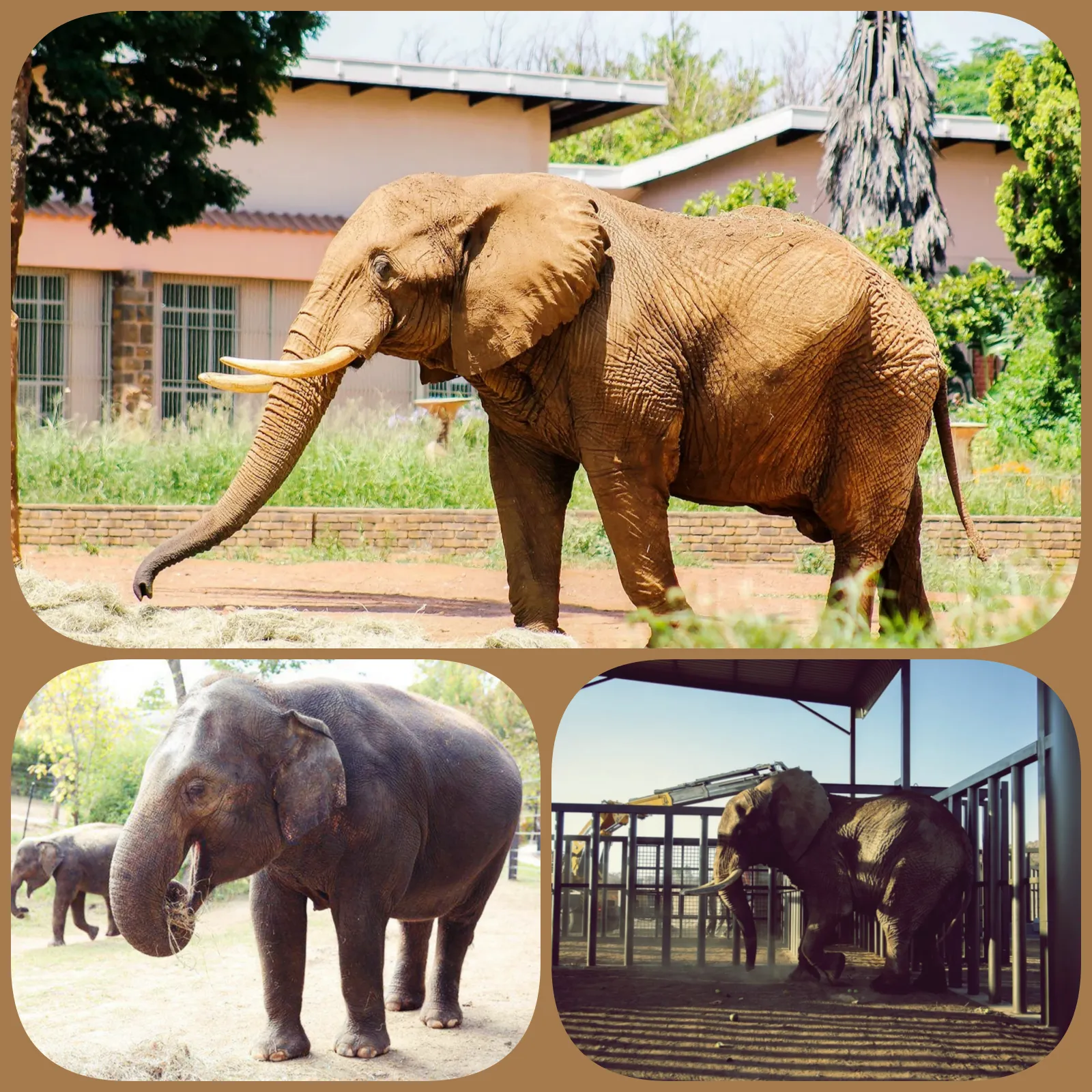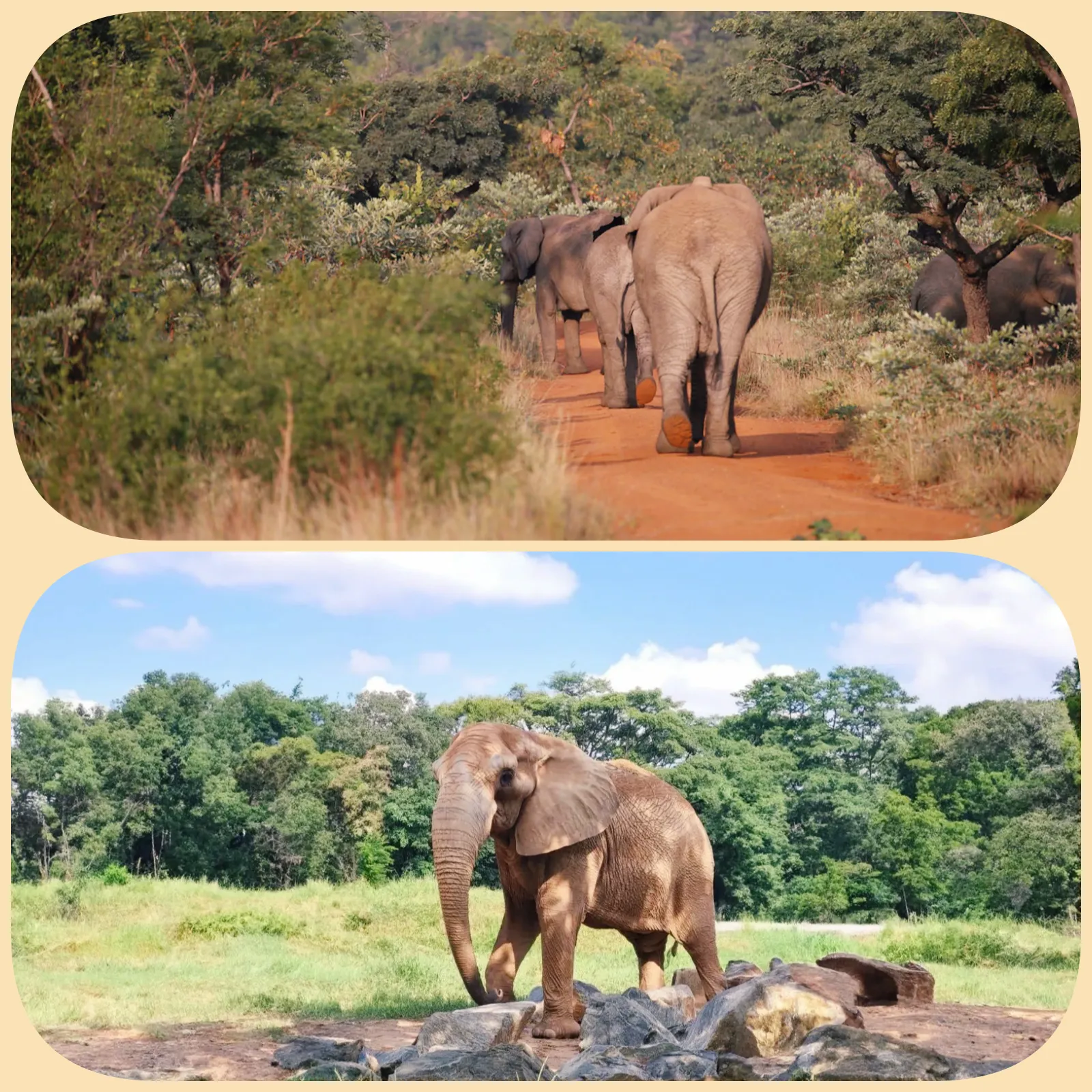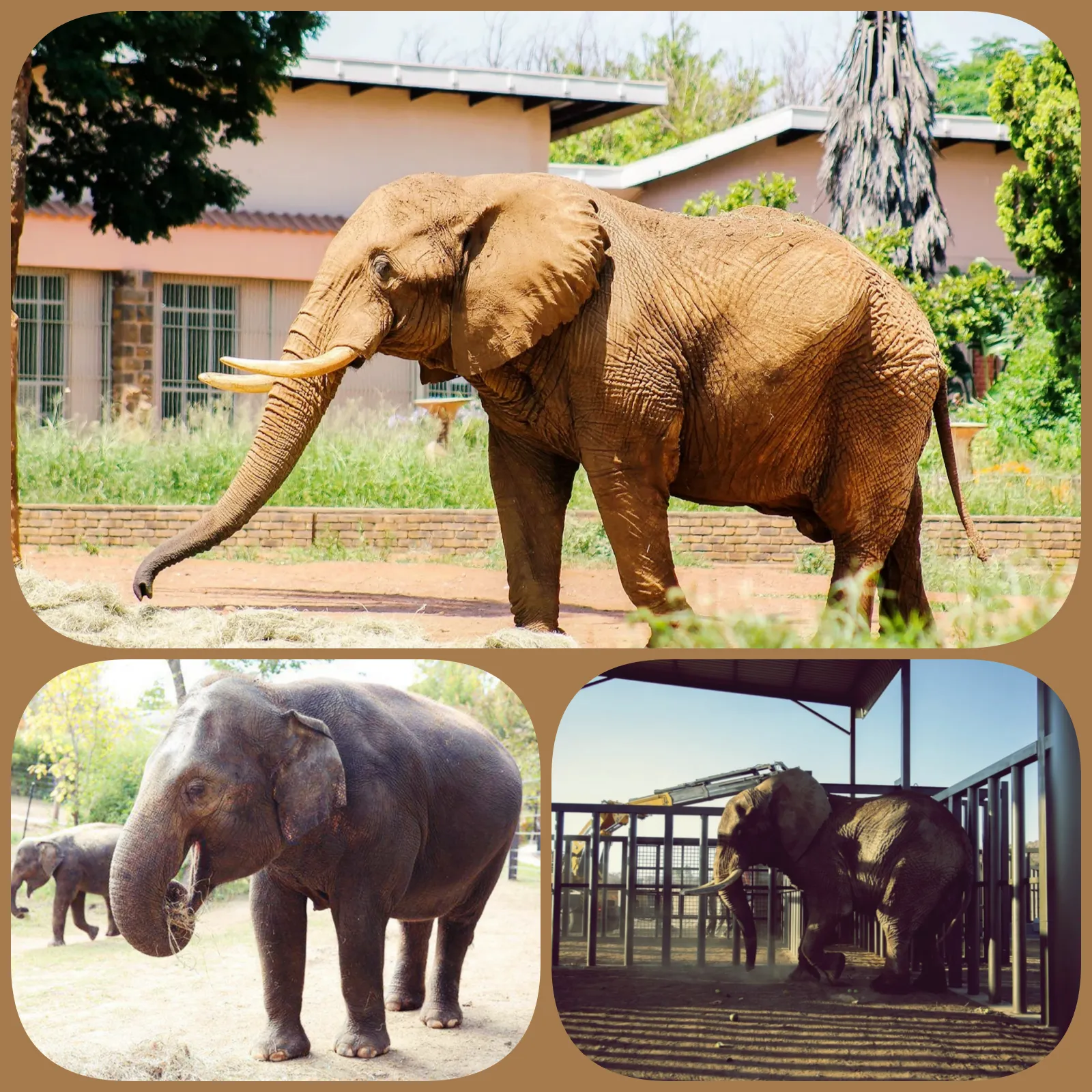
After spending four decades in captivity, Charlie, the last elephant at South Africa’s only national zoo, has finally been granted his long-awaited freedom. Now, Charlie will live out the rest of his life in the vast 10,000-hectare Shambala Private Game Reserve.
Charlie’s story began in the wilds of Zimbabwe, where he was separated from his family at just two years old. Captured and sold to the Boswell Wilkie Circus in 1984, Charlie spent years performing in circus acts. In 2001, he was relocated to the Pretoria Zoo, where he remained for the next 23 years, living a life far removed from his natural habitat.
The decision to retire Charlie was made over a year ago, with careful consideration given to his age and overall well-being. Many organizations expressed interest in providing a sanctuary for Charlie, but ultimately, the proposal from the EMS Foundation and Shambala Reserve was approved. According to Nontsikelelo Mpulo, Director of Marketing, Communications, and Commercialization at South Africa’s National Biodiversity Institute (SANBI), the choice of Shambala was made with Charlie’s best interests in mind.
On his journey to freedom, Charlie completed a four-hour trip from the zoo to Shambala, located in Limpopo province. The reserve, which will be Charlie’s new home, has developed a tailored plan to help him adjust to his new life. Given that Charlie has never lived independently or foraged for his own food, the initial phase will involve him living alone in a secure environment to acclimatize to the surroundings. Over time, he will be gradually introduced to a herd of elephants at the reserve. Shambala has also committed to sharing regular health updates with SANBI for at least one year to ensure Charlie’s well-being during this critical transition period.

Charlie’s relocation has reignited debates surrounding the suitability of captivity for elephants. As per Elephant Voices, an estimated 15,000 to 20,000 elephants are currently in captivity worldwide, many of whom live in environments that fail to meet their needs. In the wild, elephants can roam up to 80 kilometers a day—a freedom that is impossible to replicate in a zoo setting. This lack of mobility often leads to significant health issues among captive elephants, a fact reflected in their life expectancy: while wild elephants can live up to 70 years, those in captivity often do not survive beyond 40 years.
Despite these concerns, many zoos argue that they play a crucial role in the conservation and scientific study of elephants. Captive elephants are protected from major threats in the wild, such as habitat loss, poaching, and human-wildlife conflict. Robert Hoage, former Director of Public Affairs at the Smithsonian National Zoo in Washington, D.C., shared his perspective in a 2006 interview with BioScience magazine, stating, “I’d rather see elephants in zoos than see them go extinct. If zoos don’t step in, elephants might only be found in museums. While zoos are not an ideal environment, they are better than the alternative.”
Charlie’s release into the Shambala Reserve represents a positive step towards providing a more natural and enriching life for an elephant who has endured decades of confinement. His story highlights the ongoing debate about the ethics of keeping such intelligent and social creatures in captivity and underscores the importance of finding a balance between conservation efforts and animal welfare.







